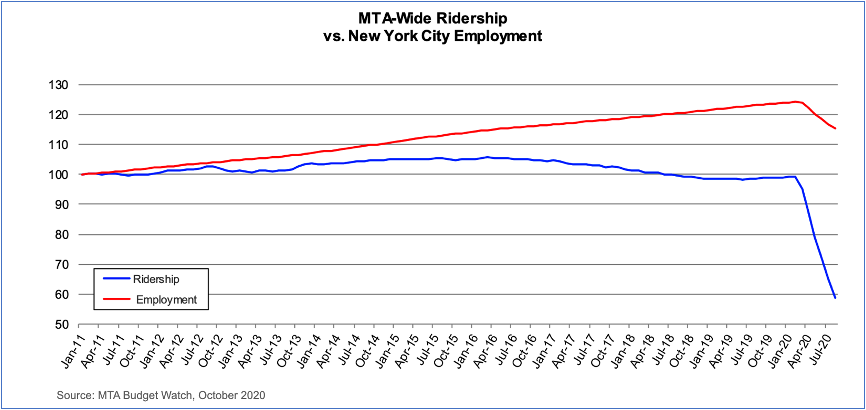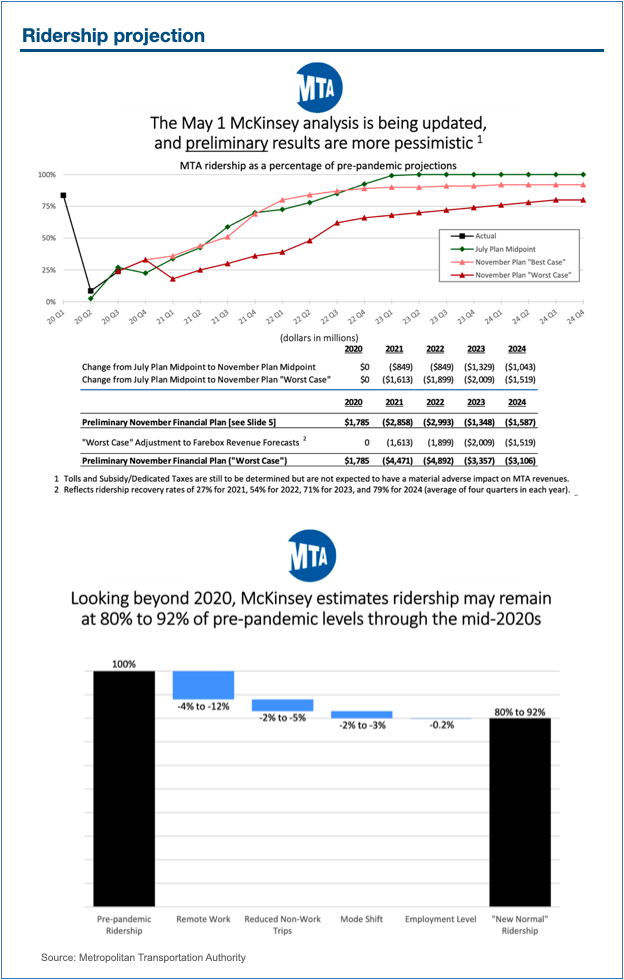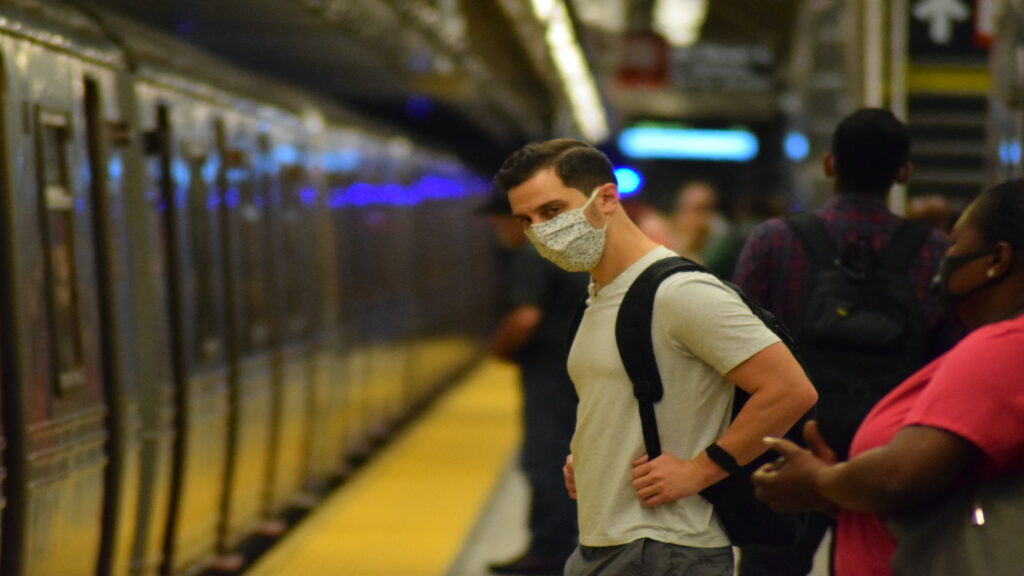Digitally Transforming New York City’s Subway
With vaccinations commencing last month, the world has witnessed the beginning of the end of the Coronavirus (COVID-19) pandemic. Hopefully, we will soon be able to return to the freedom of movement we all cherish. The global landscape as we know it, however, has changed significantly.
The pandemic has impacted every aspect of our lives, considerably influencing how we think, behave, and engage in the world. According to a McKinsey study, pandemic stay-at-home orders resulted in public transit ridership falling “70 to 90 percent in major cities worldwide”. (Hausler, et al., n.d.) This overnight economic contraction also resulted in significant business failures and job loss.
In New York City, the Metropolitan Transit Authority (MTA) saw subway ridership, and thus revenue, plunge 60 percent from pre-pandemic levels. Similar drops occurred on the other two MTA rail properties: 67 percent for the Long Island Rail Road and a staggering 90 percent for Metro-North Railroad. (Goldbaum, 2020) The PATH, the New Jersey subway line that links adjacent New Jersey communities to New York City (NYC), suffered a 94 percent drop in ridership (Port Authority of New York and New Jersey, 2020).

A May 2020 McKinsey analysis determined that even post-vaccine, MTA ridership would only rebound to 92 percent of pre-pandemic levels by 2024 (Metropolitan Transportation Authority, 2020). According to the New York Post report, this assessment was supported by research firm Eucd, which found that 44 percent of NYC residents plan to avoid public transit entirely. In comparison, only 18 percent will return to pre-pandemic riding habits (Barone & Meyer, 2020). The number is even direr for New York City Transit Subways (NYCT Subways). Conservative estimates place 2024 ridership at half of the 2019 level (Metropolitan Transportation Authority, 2020).

The result is that NYCT Subways is in a self-energizing negative spiral. Health concerns plus job losses reduce ridership, which lowers revenue (fare collection + business taxes), forcing cuts in services (trains, maintenance, and staff), further driving the public’s reluctance to use the system. This situation is untenable. NYCT Subways needs to leverage technology to help it transform into an entity suited for the new reality.
Before diving into the specifics, we should review the key technologies and trends that are or will, impact transportation’s future.

